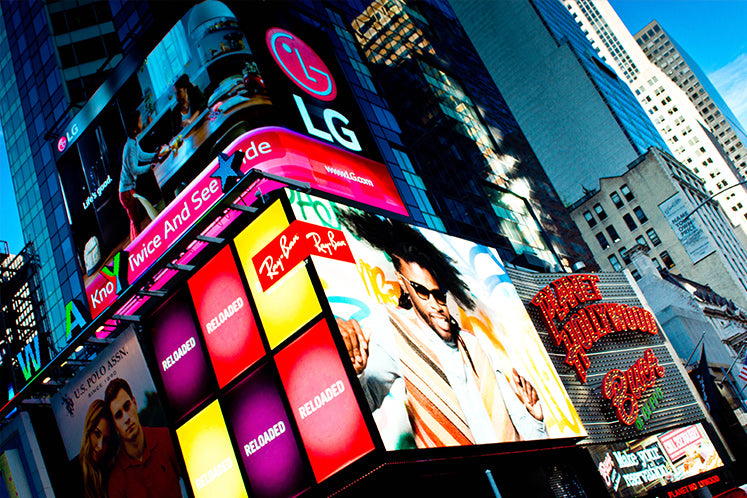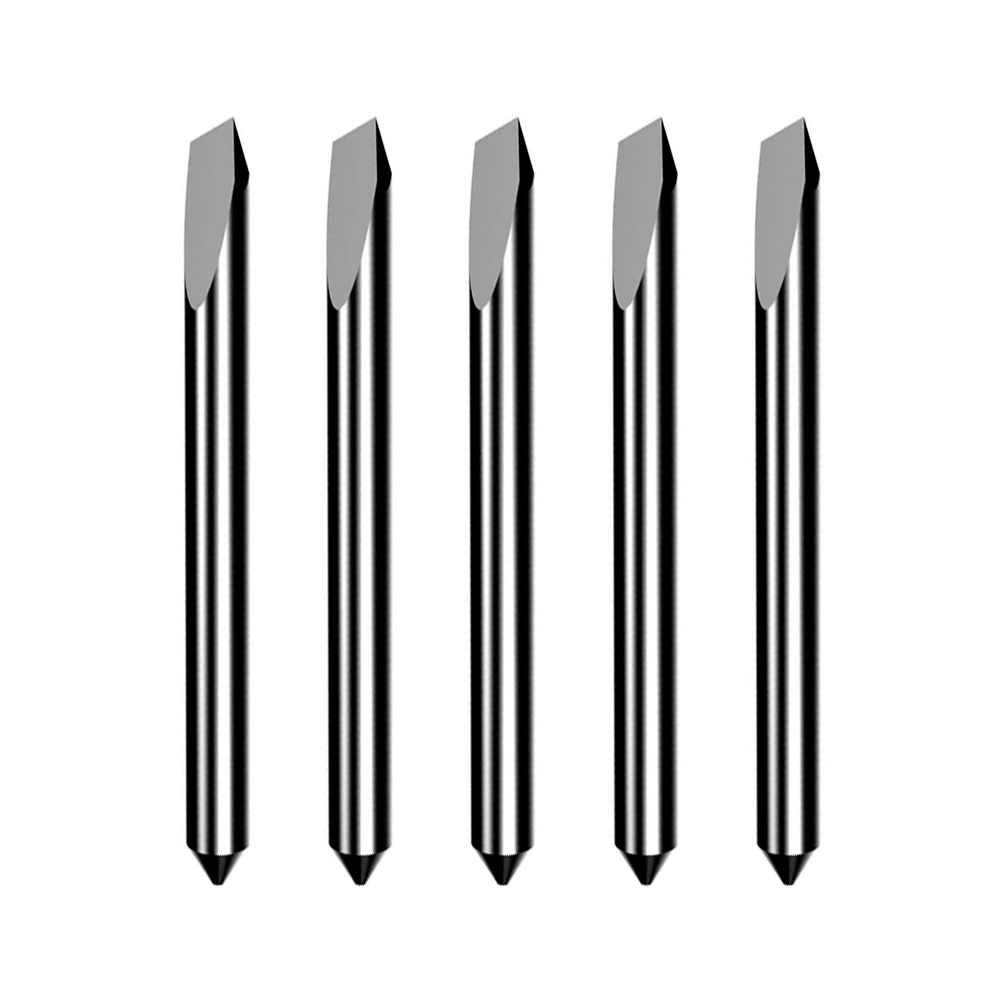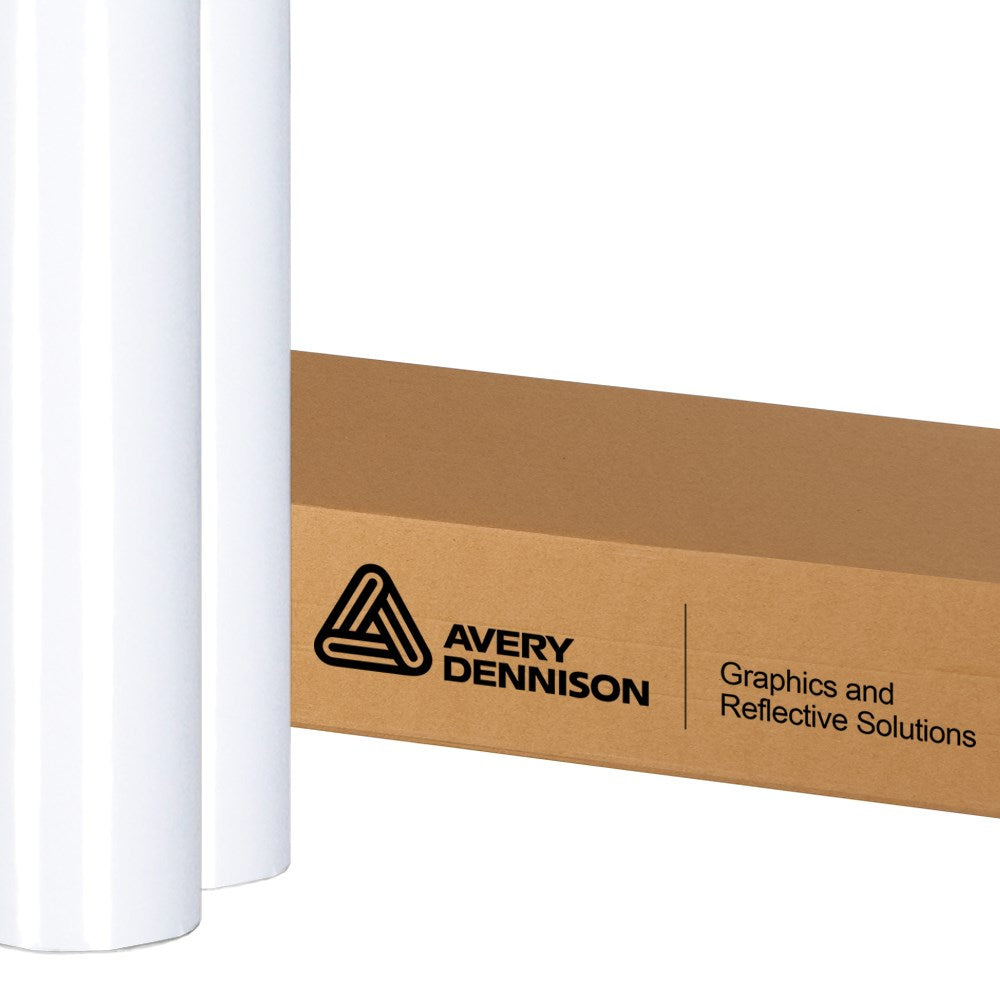Putting it Together
Recall the first example of the school with a digital wall for learning purposes. It’s not a surprise that younger individuals are learning to interact with this technology given all that is available in today’s society, Cahoy says, “At Rise the biggest growth we have seen is in education. From K through 12 to higher education, schools are utilizing technology to engage students and keep them informed.”
But that’s not the only use of digital signage content. Messages that are run can also become money makers for both small to large businesses.

“For big brand advertising, content is done by agencies using industry-standard tools from Adobe or the like,” explains Smith. “For smaller scale messaging, tools like Broadsign Publish can allow small businesses to mix in their messaging quickly using editable templates that allow them to create compelling, animated, great looking content without any design skill.”
Businesses with digital signage will likely look to offset their investment through some sort of advertising piece, but it’s important to balance that out with other elements.
“Monetization through advertising works in high-traffic areas with a desirable demographic,” says Cahoy, though he warns that there may also be drawbacks. “That means giving up some of the space on a screen to an advertiser. The key is to understand the goal and the objective of the display. I think the vast majority of displays installed focus on ROO (return on objective).”
Perhaps the best scenario is to create a mix of informative content with advertising if the intent is to generate dollars. Though, viewers tend to tune the message out if it’s a hard sales pitch. Instead of sacrificing screen space for traditional advertising, users should research more creative ways to add to the bottom line.
“I highly discourage anyone selling the concept of getting ROI based on advertising,” says Saret. “The best way to monetize the content is by tying it to a call to action so it can be tracked. It’s really about getting the right message to the right audience at the right time.”
Since there is more freedom to customize a digital sign versus a static sign, users are wise to take advantage of this benefit. Sign makers can act as a consultant to their customers and offer up advice on how to use the sign most effectively.
“Customization is a great way to increase relevance,” Smith shares. “This can be done by intended audience or through using external data to customize messaging to match different conditions.”
"Since there is more freedom to customize a digital sign versus a static sign, users are wise to take advantage of this benefit."
Smith cites an example he has seen with the Berlin-based food delivery service foodora, that ran a campaign that was tied to the weather. Customers were encouraged to order food for delivery during rainy periods and asked to pick up orders when it was sunny.
“You don't need to have the same message going out all the time,” suggests Smith, “so it’s worth putting some thought into how targeted variety might be useful.”
For sign makers involved in digital signage, take a look at the content aspect of the display. It could be one more piece to add to your offerings. And the applications seem to be limitless.
Read Part 1 - Read Part 2 - Read Part 3 - Read Part 4
Article written by Ryan Fugler and reposted with permission from Sign & Digital Graphics.




